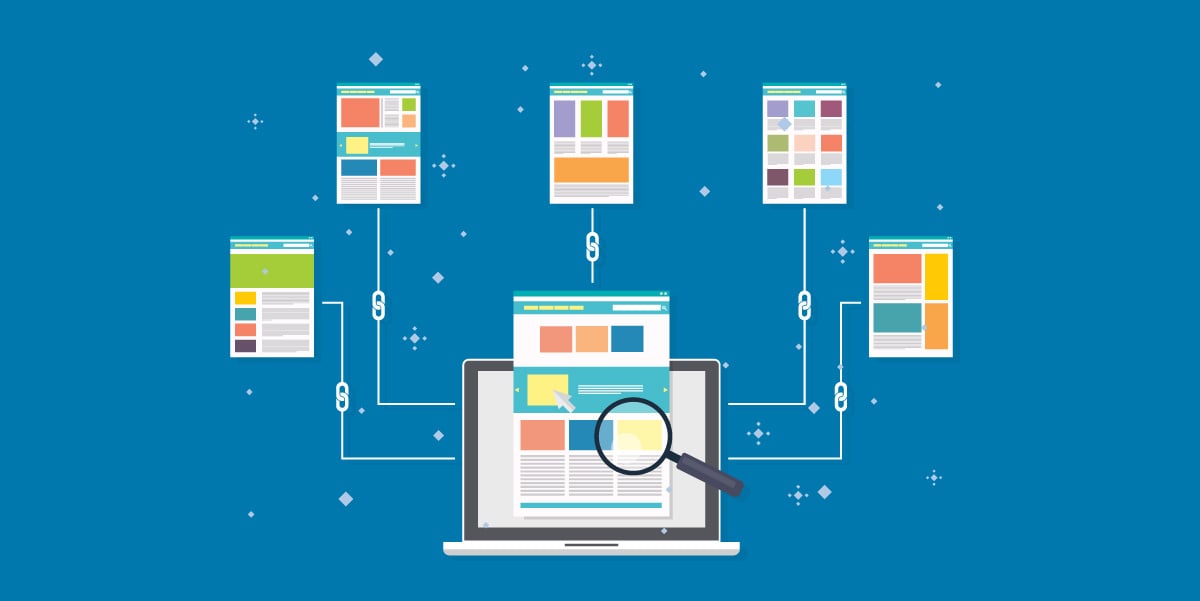
For most of its history, SumTotal designed its systems as management tools, concentrating on business rules, compliance, and catalog management for learning. It was a tool for administrators and managers.
From LMS to LMXP
In 2012, new delivery platforms focused on learners gained momentum. In 2017, Josh Bersin began promoting the alternative approach to the learner experience. He dubbed the new system the Learning Experience Platform (LXP).
Some industry wags declared the LMS dead. LMS providers began developing their own LXPs, but SumTotal began to add many characteristics of the LXP to improve the learner experience.
Now, SumTotal has become a hybrid platform with full-blown characteristics of both platforms. SumTotal calls it the Learning Management Experience Platform (LMXP).
Flexible, easy-to-use tools give you control over the user experience. They are in an HTML meta-layer, giving you the universal tools of online presentation. You can create a unique experience for each role in your organization.
- Create targeted learning and talent channels to support specific business functions, projects, roles, or any other unique audience.
- Provide a streamlined user experience, removing friction and reducing the effort required to access learning, tools, and resources.
- Reinforce culture and brand, embedding messages in user interactions, announcements, and news pages.
- Create a complete user experience ecosystem by linking dashboards to any URL.
Use dashboards to create an experience ecosystem
SumTotal provides two types of widgets you can use to build your dashboards.
Standard widgets
Each out-of-the-box widget is pre-built for a specific purpose. The advantage is that you can just drop them into the dashboard, arrange and resize them, and create an attractive dashboard with little or no coding.
SumTotal provides over two dozen widgets. They display items like employee profiles, course offerings, learning progress, and motivational tools. However, you have little control over the configuration of standard widgets, and you cannot customize them.
Custom widgets
In custom widgets, you have complete control of, the content to make the design visually appealing. However, the work requires HTML skills and technical knowledge in linking and embedding resources.
You must also re-validate that your widgets work with every SumTotal update. 
You or your SumTotal partner can build custom widgets using standard HTML code. What you can do is limited only by what you can imagine.
The Content Editor Widget is like a blank canvas you can use to drop in components to create a unique display. You can add HTML code, embed pages and documents, display images, play media files, or add charts and graphs.
You can create multi-page dashboards, so users can have all the tools and resources they need in one place.
SumTotal provides training and complete guidance for using the Content Editor. See Appendix A in the SumTotal Core Platform Administrator Guide available at SumTotal Connect (SumTotal Connect membership required).
Linking dashboards
You can link dashboards to any URL. Since each dashboard page has a unique URL, you can easily link them.
Linked dashboards and some total can improve the user experience by providing a comprehensive view and insights from multiple sources. You can create dashboards for learning channels, topics, and types of learning delivery.

Channel dashboards
We can think of many uses for specific channel dashboards, including:
New hire onboarding: enable online new hire documentation, provide a new employee or partner training plans, enable a new hire checklist, connect a new employee with the team, or any other onboarding activity.
Sales learning channels: provide new product learning resources and performance support.
Customer service channels: enable knowledge resources, information sharing, and performance support for customer service representatives.
Compliance tracking: enabling individuals, their managers, risk management, and executives to monitor compliance with learning activities and progress.
Leadership development: bring your leadership programs together into one dashboard and link it to Succession Planning.
Targeted manager dashboards: gather the resources your managers need to develop their teams into a multi-page manager dashboard.
Generation-focused channels: provide resources to people in different stages of their careers.
Just-in-time learning channels: populate a Custom Content Widget with links to specific tasks and provide a link from associated work apps.
Build your SumTotal Dashboards
Standard widgets, the Content Editor, and custom widgets each have their place in a well-designed dashboard plan. You could use them progressively, but they will work together to deliver a complete dashboard system.
Begin with a few simple dashboards with standard widgets as you learn to use the content editor, then move on to more sophisticated dashboards. Finally, you could build custom widgets to deliver even more value to your users.
We recommend using the Agile design method in quick, iterative cycles. Involve your users in design from the beginning. In the same way that it improves learning development, it will boost user satisfaction and help you drive business results.
Continue Reading:
PhenomᵉCloud is a comprehensive technology solutions provider committed to empowering businesses to overcome challenges, enhance their workforce capabilities, and achieve superior outcome

Leave a Comment